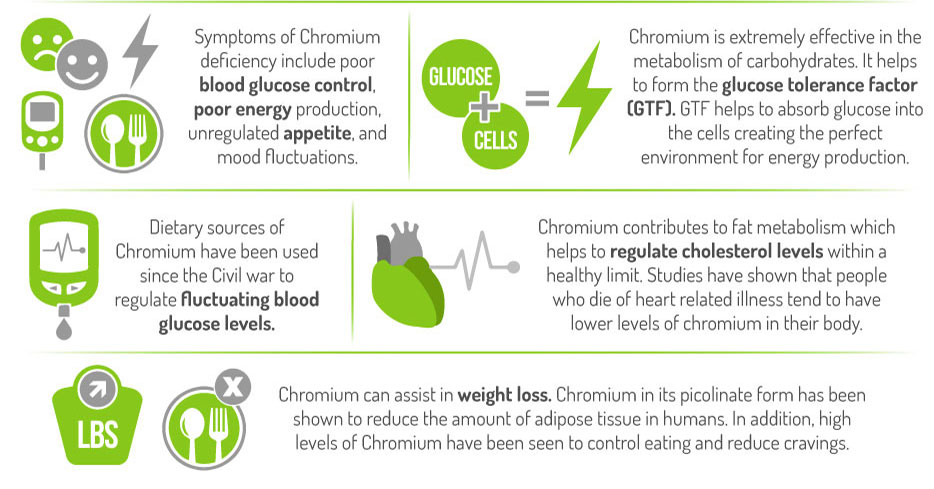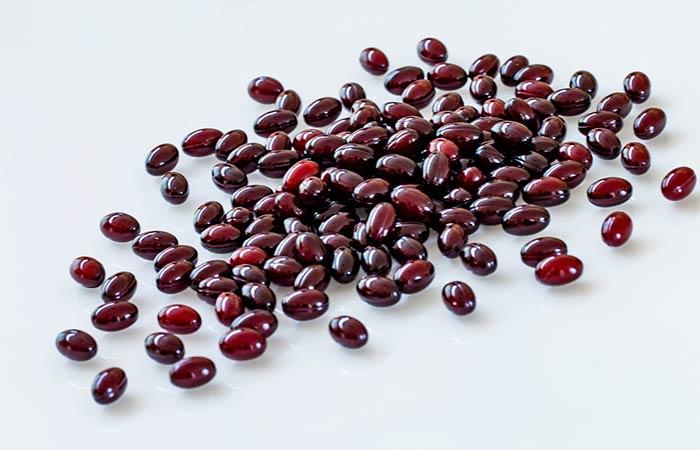
The total polarization resistance ( R p) that is represented in Table 1 is equal to R rust + R ct for the blank steel and R rust + R Cr + R ct for the 0.7-wt.%-Cr steel. Table 1 lists the fitted EIS data from the 1-day and 30-day immersions, which determined the optimized values that were obtained using the ZSimpwin program (Princeton Applied Research, USA), according to each of the equivalent electrical circuits in Figure 5. The CPE impedance takes the following form: In this instance, the capacitors were replaced with the constant phase elements (CPEs) for more accurate EIS-data fitting, where not only a double layer capacitance (C) but also a phenomenological coefficient ( n) have been included. Also, C Cr is the capacitance that is formed by the Cr-enrichment layer and R Cr is the Cr-enrichment-layer resistance. The RE is the reference electrode (saturated calomel electrode), and WE is the working electrode (specimens). The equivalent circuit consists of the following elements: R s represents the solution resistance, C rust is the rust capacitance, R rust is the rust resistance, C dl is the capacitance that is generated by the electric double layer, and R ct is the charge-transfer resistance. Due to the Cr-enrichment layer, the spectra of the 0.7-wt.%-Cr steel exhibited a three-time constant, while the blank steel exhibited a two-time constant. Figure 5 shows each of the equivalent electrical circuits of the blank and 0.7-wt.%-Cr steels. According to the different rust layers, the equivalent electrical circuits were used to fit the results of the EIS tests, as shown in Figure 1. Electrochemical Impedance Spectroscopy (EIS)Īlso, the Nyquist plot impedance spectra after the 30 days of immersion are shown in Figure 4. As shown in Figure 1b, it is expected that the Mg 2+, Fe 2+, and Cr 3+ ions that are concentrated near the substrate will form a compound and act as a barrier against corrosion. In the 0.7-wt.%-Cr steel, the difference in corrosion rate between the Mg 2+-containing and Mg 2+-free seawater solutions is larger than that of the blank steel, which can be explained by not only the Mg 2+-containing effect, but also the barrier effect between the Mg 2+, Fe 2+, and Cr 3+ ions. The difference in the corrosion rates of the blank steel, in the presence and absence of the Mg 2+-containing seawater, is due to the Mg(OH) 2 that acts as a physical barrier.

This result shows that the Cr-alloying element only improved the corrosion resistance in the seawater containing the Mg 2+ ions.


The corrosion rates calculated by EIS, LPR, and weight loss tests showed the similar trend in all three experiments: The average corrosion rates of the steels decreased in the following order: 0.7-wt.%-Cr steel without the Mg 2+ ions ≈ blank steel without the Mg 2+ ions > blank steel with the Mg 2+ ions > 0.7-wt.%-Cr steel with the Mg 2+ ions. Figure 2 shows the corrosion rates of the blank and 0.7-wt.%-Cr steels after the 30-day immersion in seawater, with and without the Mg 2+ ions. Where 87,600 is the metric- and time-conversion factor, W is the weight loss (g), A is the exposure area (cm 2), t is the immersion time (h), and ρ is the density (g/cm 3).


 0 kommentar(er)
0 kommentar(er)
